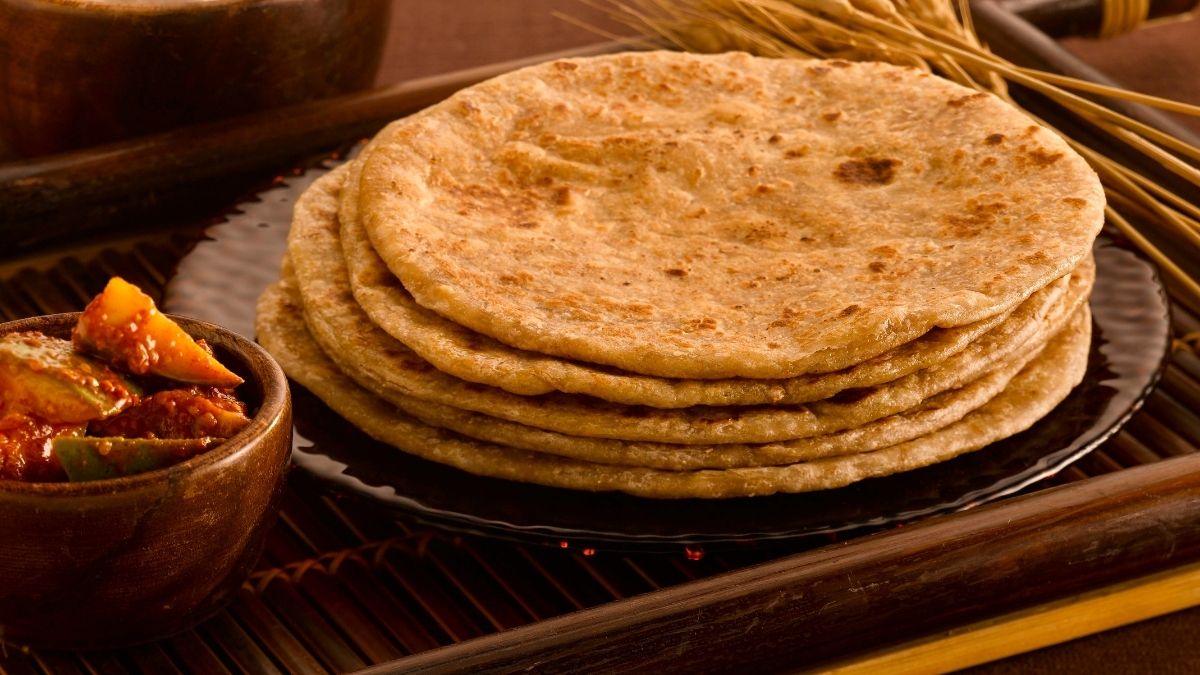If you’ve ever had soft, warm chapatis straight off the stove, you know why they’re such a staple in Indian homes. Light, flexible, and perfect with everything from curry to dal, chapati is one of those things that looks simple – but getting it just right takes a little practice.
The good news? Once you know the basics, making perfect chapati at home becomes second nature. Let’s walk through everything you need to know, step by step.
What Is Chapati and Why It’s the Everyday Indian Bread
Chapati, also known as roti, is a type of unleavened flatbread made from whole wheat flour, water, and a touch of oil or ghee. It’s cooked on a flat skillet, often puffed over an open flame, and served with nearly every Indian meal.
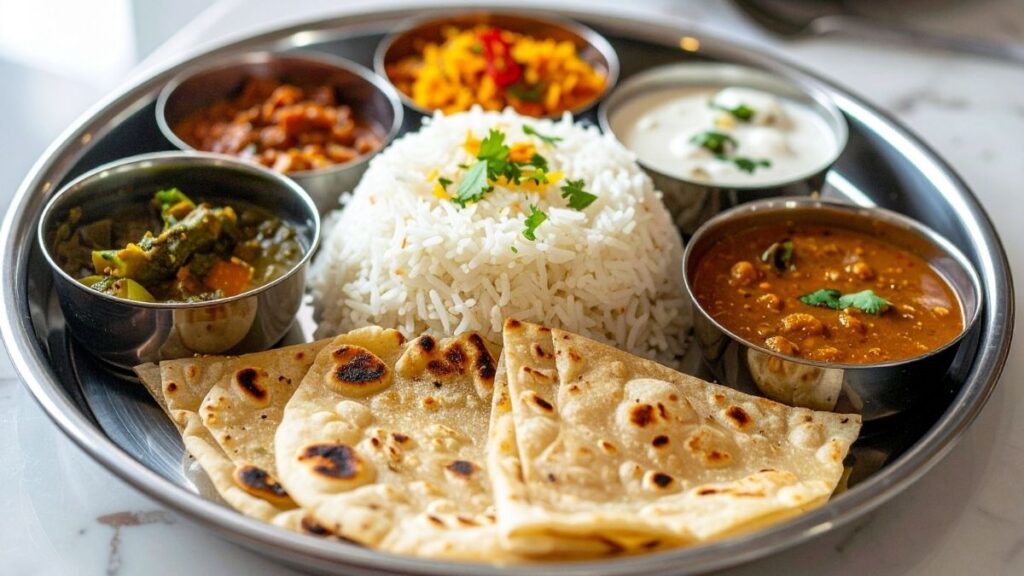
Unlike naan, chapati doesn’t need yeast or baking powder – making it quick, light, and easy to digest. It’s perfect for scooping up gravies or wrapping around grilled vegetables or meats.
How to Make Perfect Chapati at Home – Explained Simply
Here’s a straightforward recipe you can follow to make soft, puffed chapatis at home, even if it’s your first try.
Ingredients (Makes about 8 chapatis)
| Ingredient | Quantity |
|---|---|
| Whole wheat flour (atta) | 2 cups |
| Water | ~3/4 cup (adjust as needed) |
| Salt (optional) | 1/2 tsp |
| Oil or ghee (optional) | 1 tsp (for dough or brushing on top) |
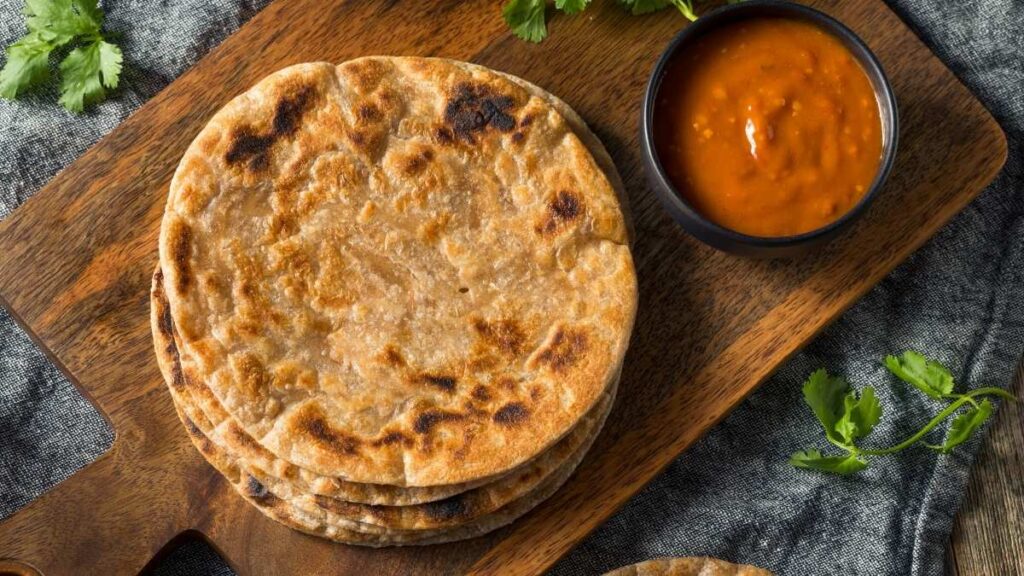
Basic Steps
- Mix the dough
In a large bowl, combine flour and salt. Gradually add water and knead until the dough is soft and pliable. Knead for about 8–10 minutes. - Let it rest
Cover the dough and let it rest for at least 20–30 minutes. This helps gluten develop and makes the chapati softer. - Divide and roll
Divide into equal balls (golf ball size). Roll each ball into a thin circle (around 6 inches wide) using a rolling pin on a lightly floured surface. - Cook on skillet
Heat a tawa or flat pan. Place the rolled chapati on it, cook for 30 seconds, flip, cook again until brown spots appear. Flip once more and press gently – it may puff up. - Brush and serve
Optional: Brush with ghee or butter while hot. Serve immediately.
What Makes Chapati Soft or Dry? Understanding the Dough and Cooking Time
A soft chapati begins with soft dough. If the dough is too tight (dry), your chapatis may turn out hard or chewy. If it’s too sticky, they won’t roll well.
Key things to remember:
| Element | Tip |
|---|---|
| Dough texture | It should be soft but not sticky. Add water gradually. |
| Resting time | Resting for at least 30 minutes is essential. |
| Rolling | Even thickness avoids undercooked or overcooked spots. |
| Heat | A properly heated skillet is non-negotiable. Too cold = dry chapati. |
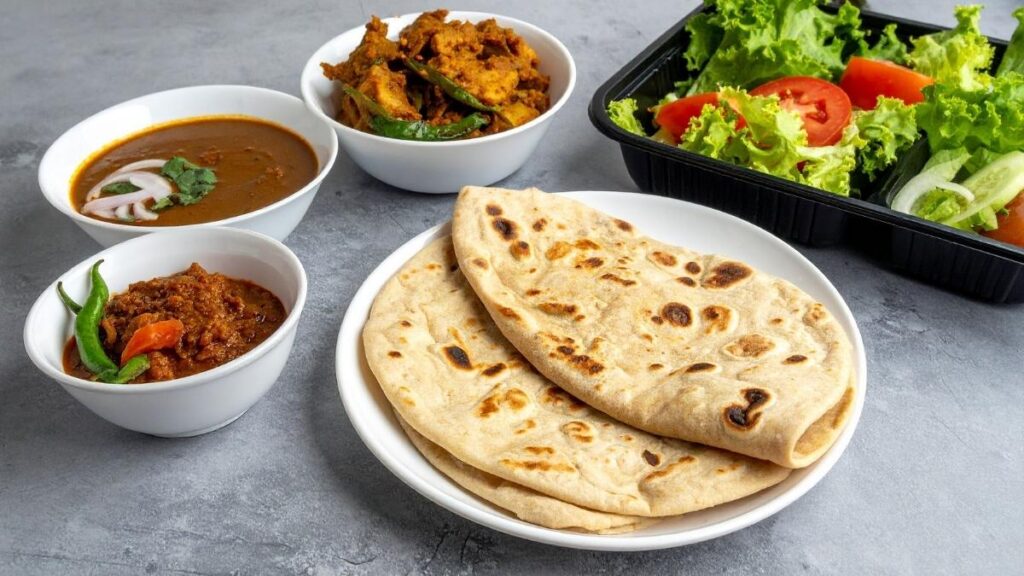
Common Mistakes When Making Chapati and How to Fix Them
Here are a few common chapati issues and how to troubleshoot them:
| Mistake | What Went Wrong | Fix It |
|---|---|---|
| Chapatis are hard | Dough is too dry or not rested | Use a bit more water and let it rest longer |
| Chapatis don’t puff | Pan isn’t hot enough or dough isn’t soft | Increase heat and roll evenly |
| Chapatis tear while rolling | Dough too soft or under-kneaded | Knead longer and use a light dusting of flour |
| Uneven cooking | Uneven thickness | Roll gently and evenly |
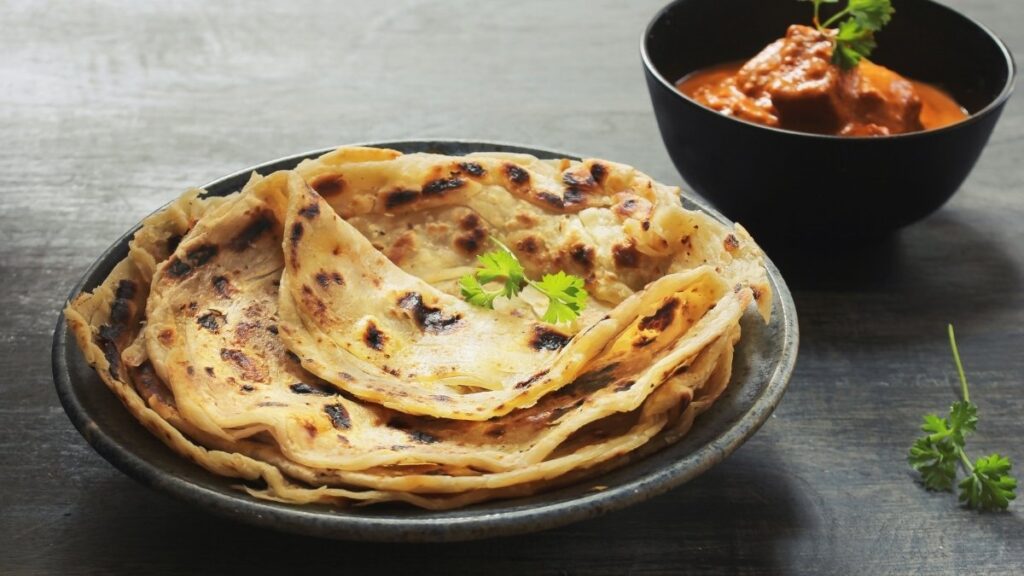
Best Tips to Make the Most of Your Homemade Chapati
- Use atta flour (Indian whole wheat flour) for best texture. All-purpose flour won’t give the same result.
- Add a teaspoon of oil or ghee to the dough if you want extra softness.
- Always preheat your pan before cooking – medium-high heat is ideal.
- Store cooked chapatis in a closed container lined with a towel to keep them warm and soft.
- If making in advance, reheat on a dry pan or microwave wrapped in a damp towel.
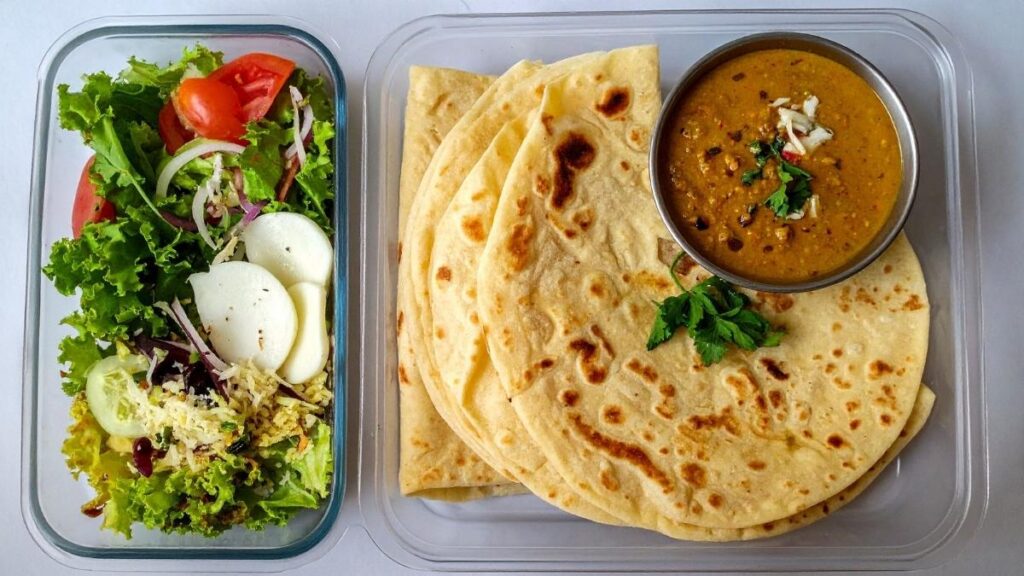
When Is the Best Time to Serve Chapati?
Chapatis are best served fresh and warm – right off the skillet. In Indian homes, they’re often made just before serving lunch or dinner. However, if you’re prepping meals ahead, chapatis can be made a few hours in advance and reheated easily.
They pair well with:
- Lentils like dal tadka or dal makhani
- Veggie dishes like aloo gobi or bhindi masala
- Meat curries like butter chicken or mutton curry
- Even dry snacks like pickles, yogurt, or chutneys
Yes, You Can Make Perfect Chapati at Home
Chapati might seem like a humble flatbread, but making it right is a skill worth mastering. Once you understand how the dough works, how to roll evenly, and how hot your pan needs to be – the rest is muscle memory.
Like with most things in the kitchen, the first couple of tries might not be perfect. But stick with it, and soon you’ll be serving up chapatis so good, they’ll rival your favorite Indian restaurant.
FAQs: How to Make Perfect Chapati at Home
What flour should I use for chapati?
Use Indian whole wheat flour (atta) for the best texture. Regular wheat flour or all-purpose flour won’t give the same softness or flavor.
When should I rest the dough?
Rest the dough for at least 20–30 minutes before rolling. This makes it easier to handle and results in softer chapatis.
Why aren’t my chapatis puffing?
Usually, it’s due to uneven rolling or the pan not being hot enough. Try pressing gently with a spatula after flipping to encourage puffing.
How do I store chapatis to keep them soft?
Wrap them in a clean cloth and place in an airtight container or a roti box. This traps steam and keeps them soft for hours.
Can I make chapatis without ghee or oil?
Yes, you can make them completely oil-free. They’ll still be soft if the dough is kneaded and rested properly.
